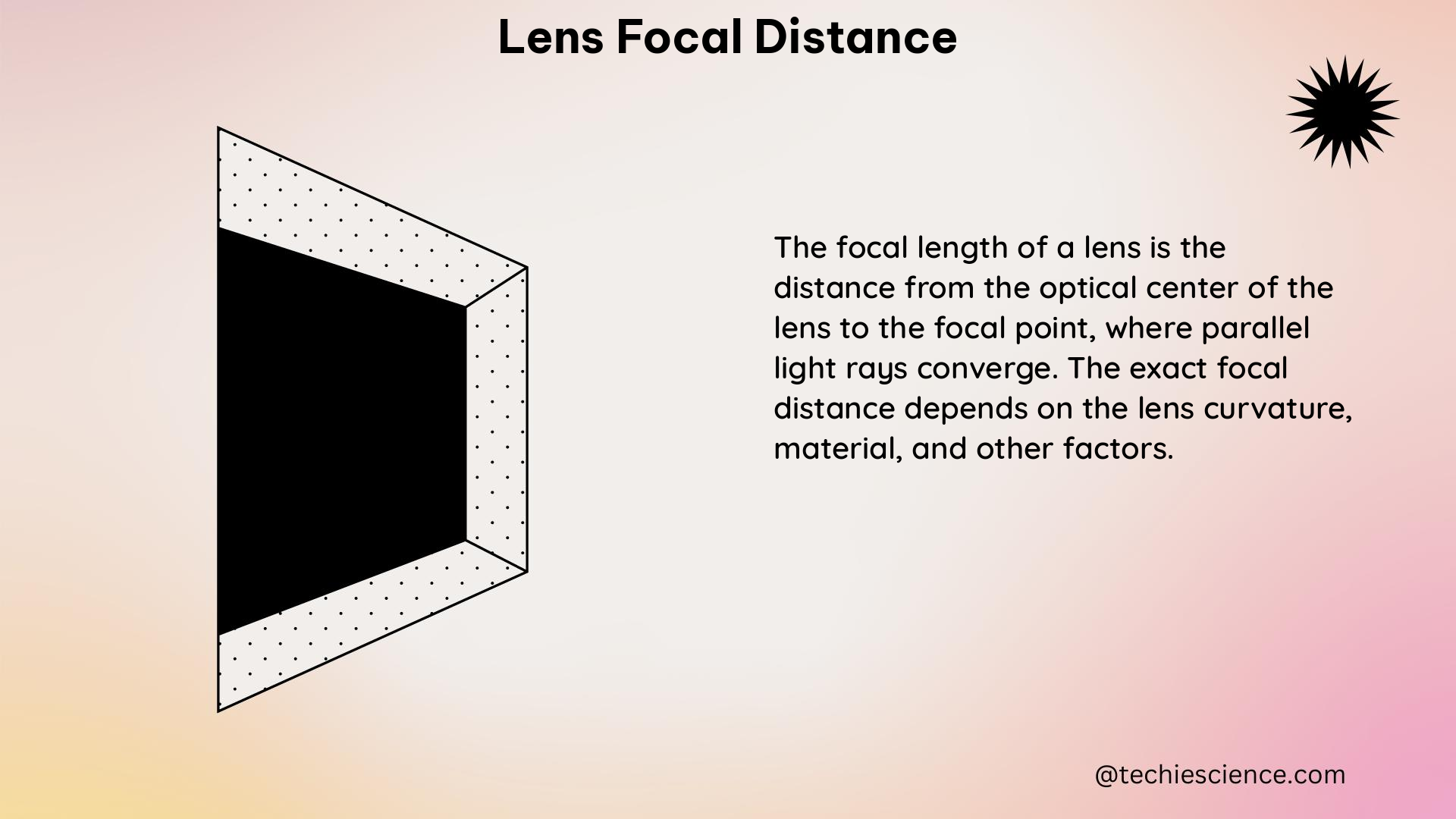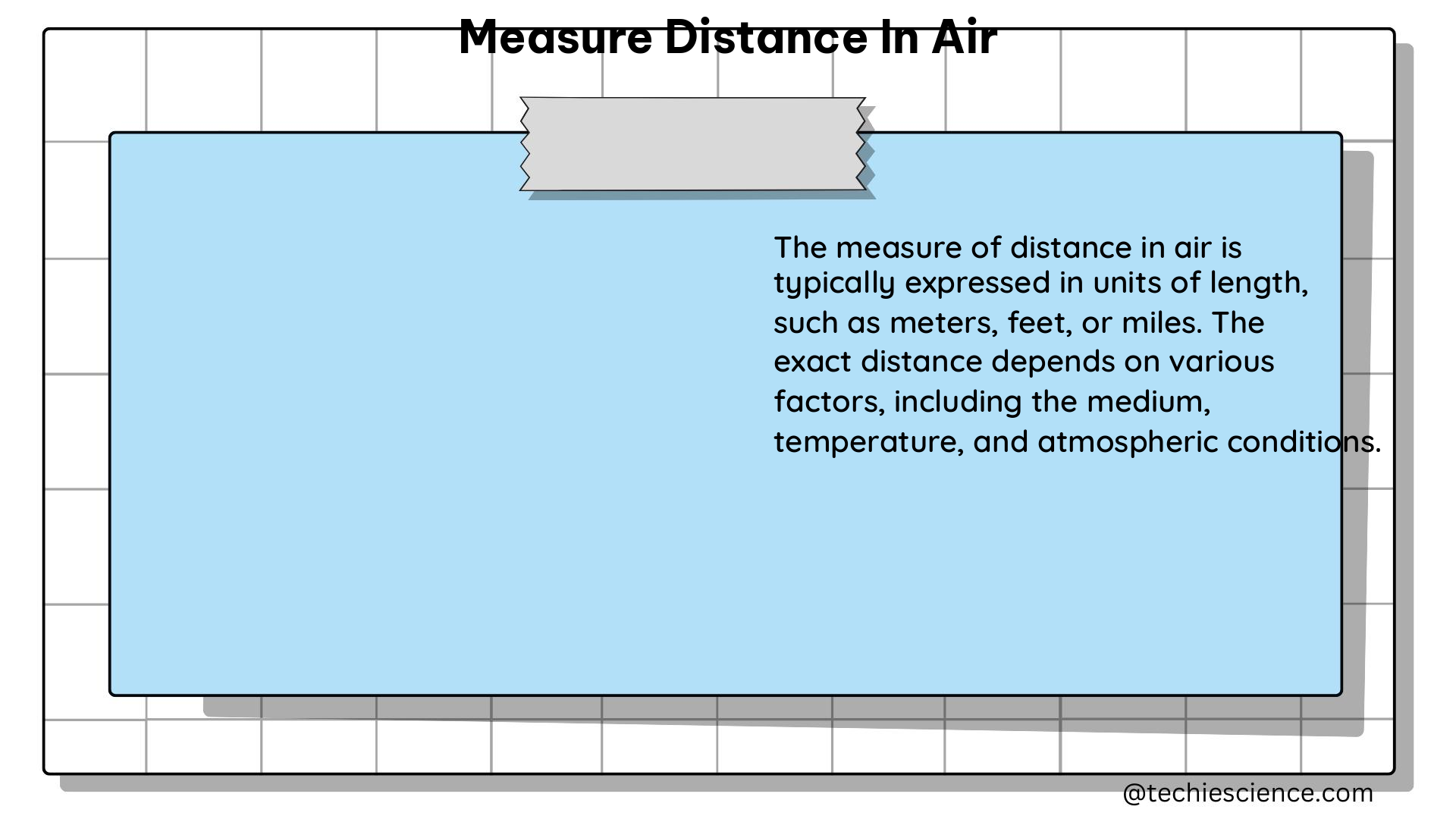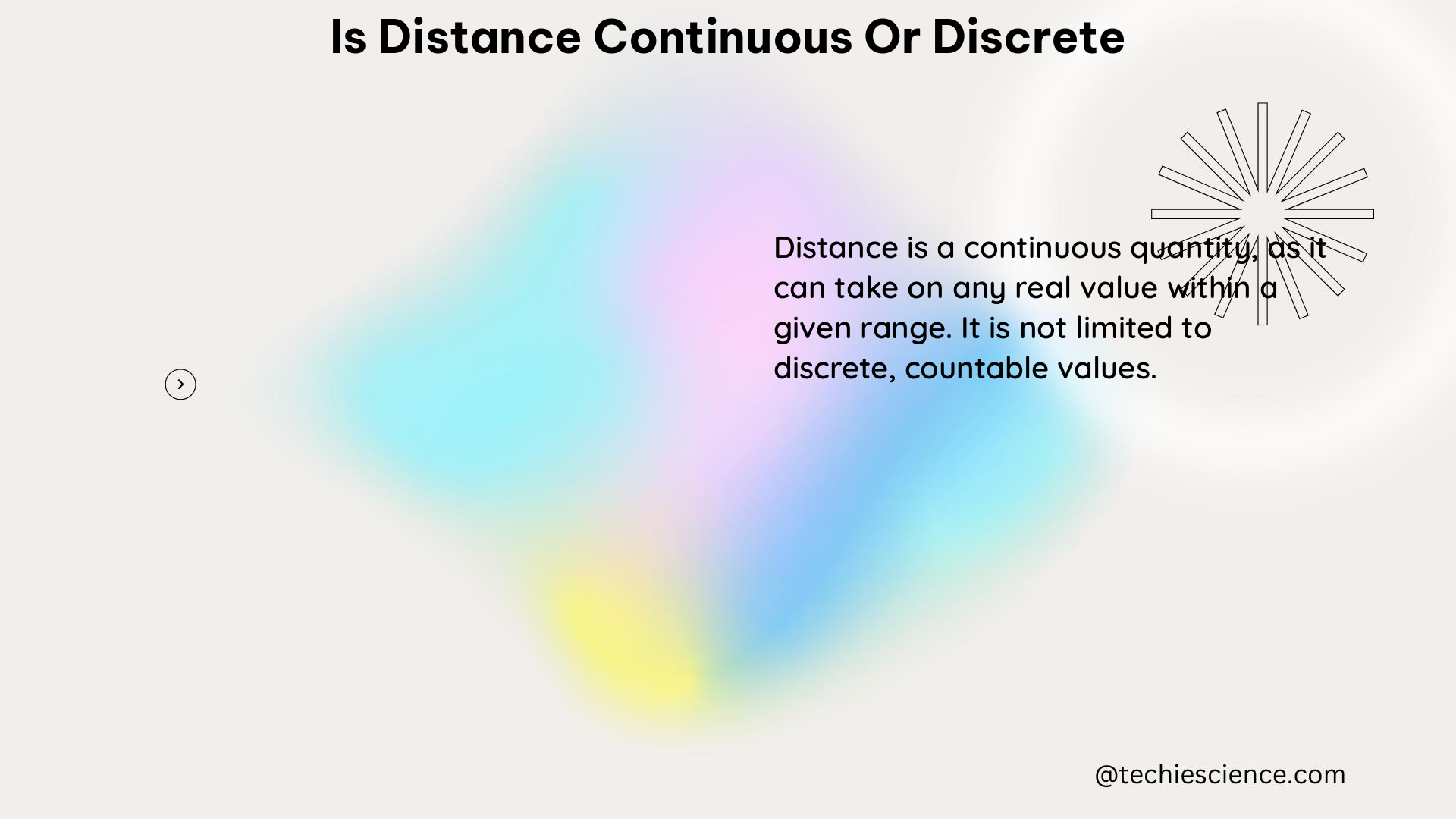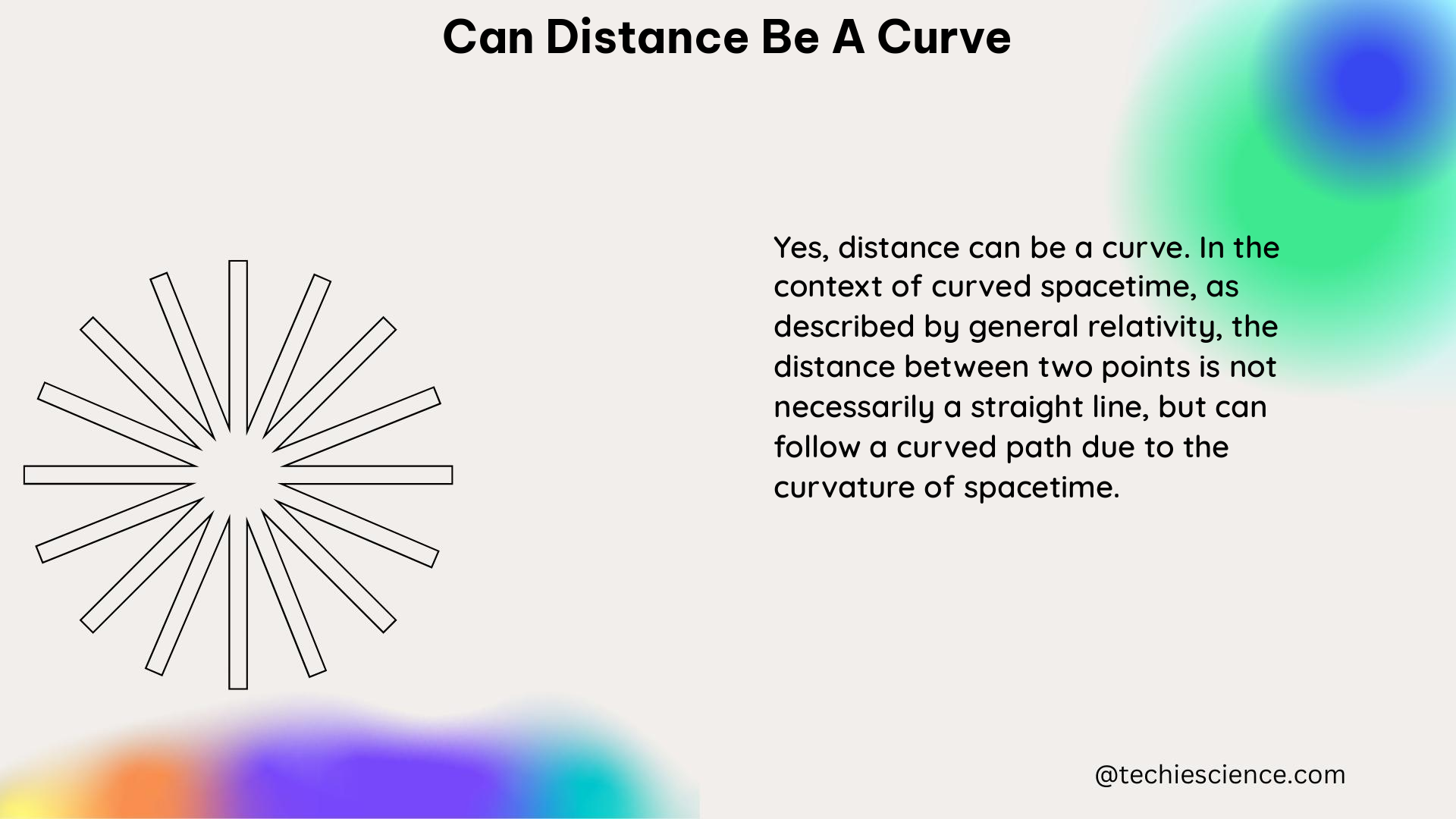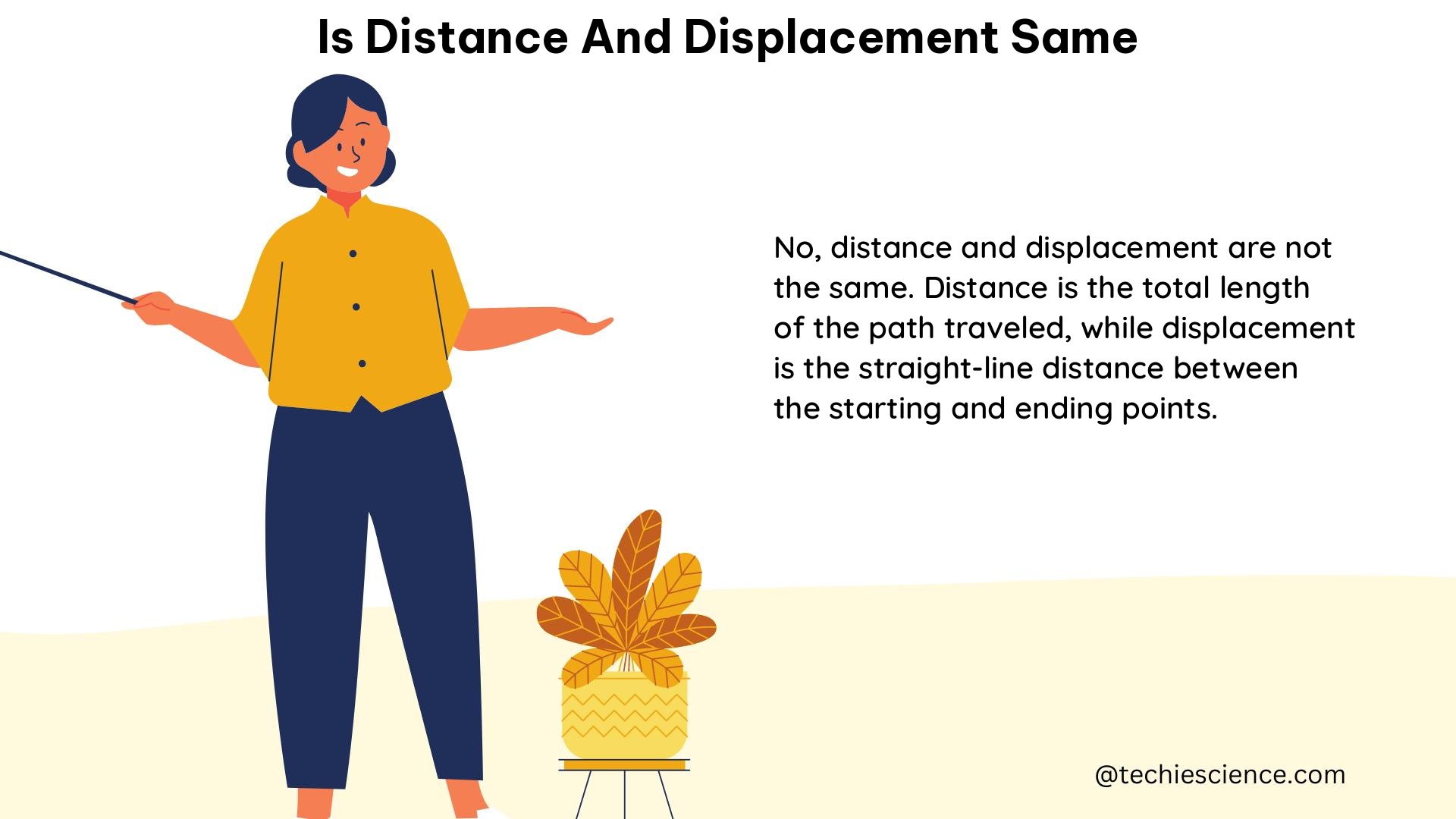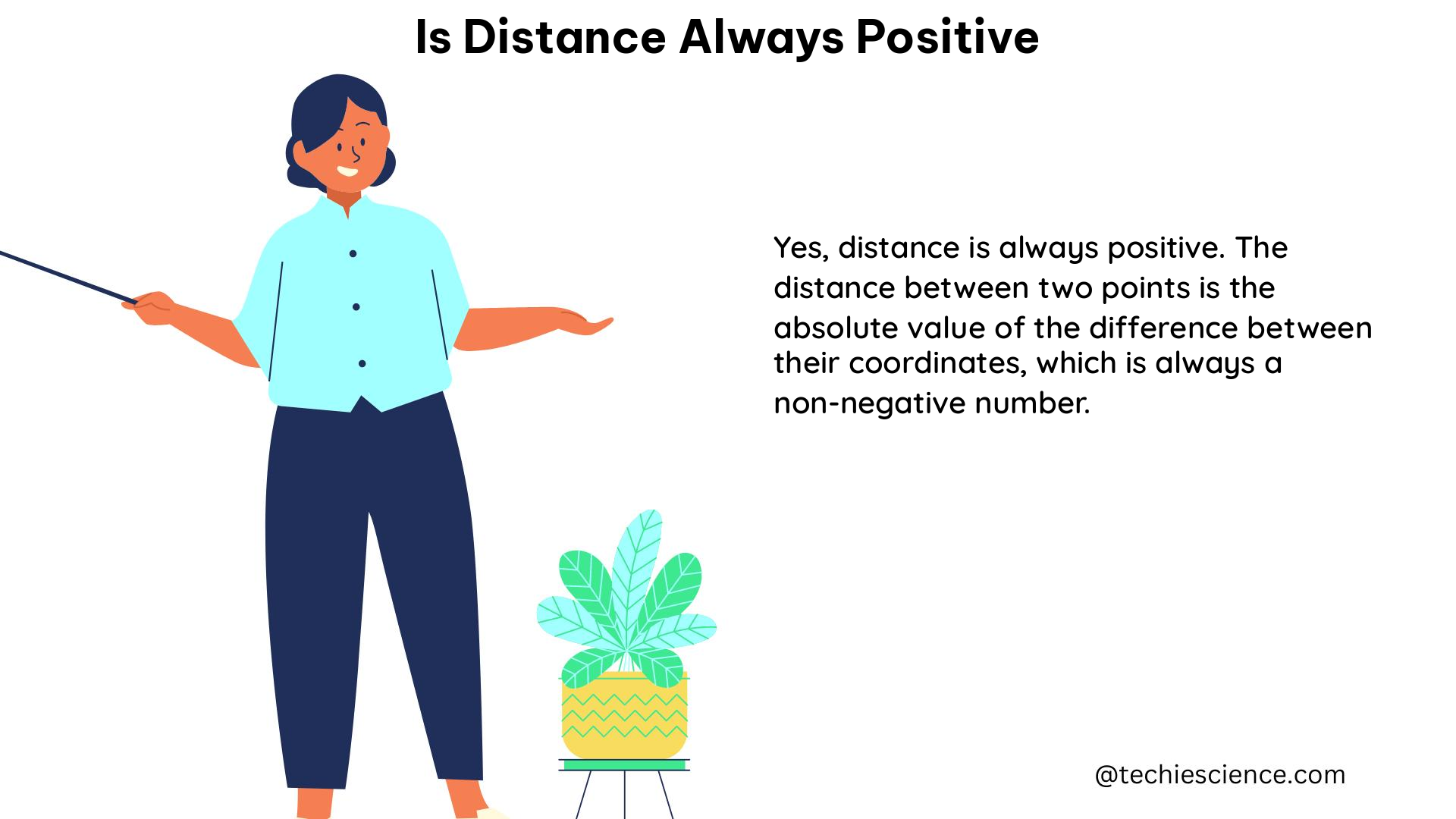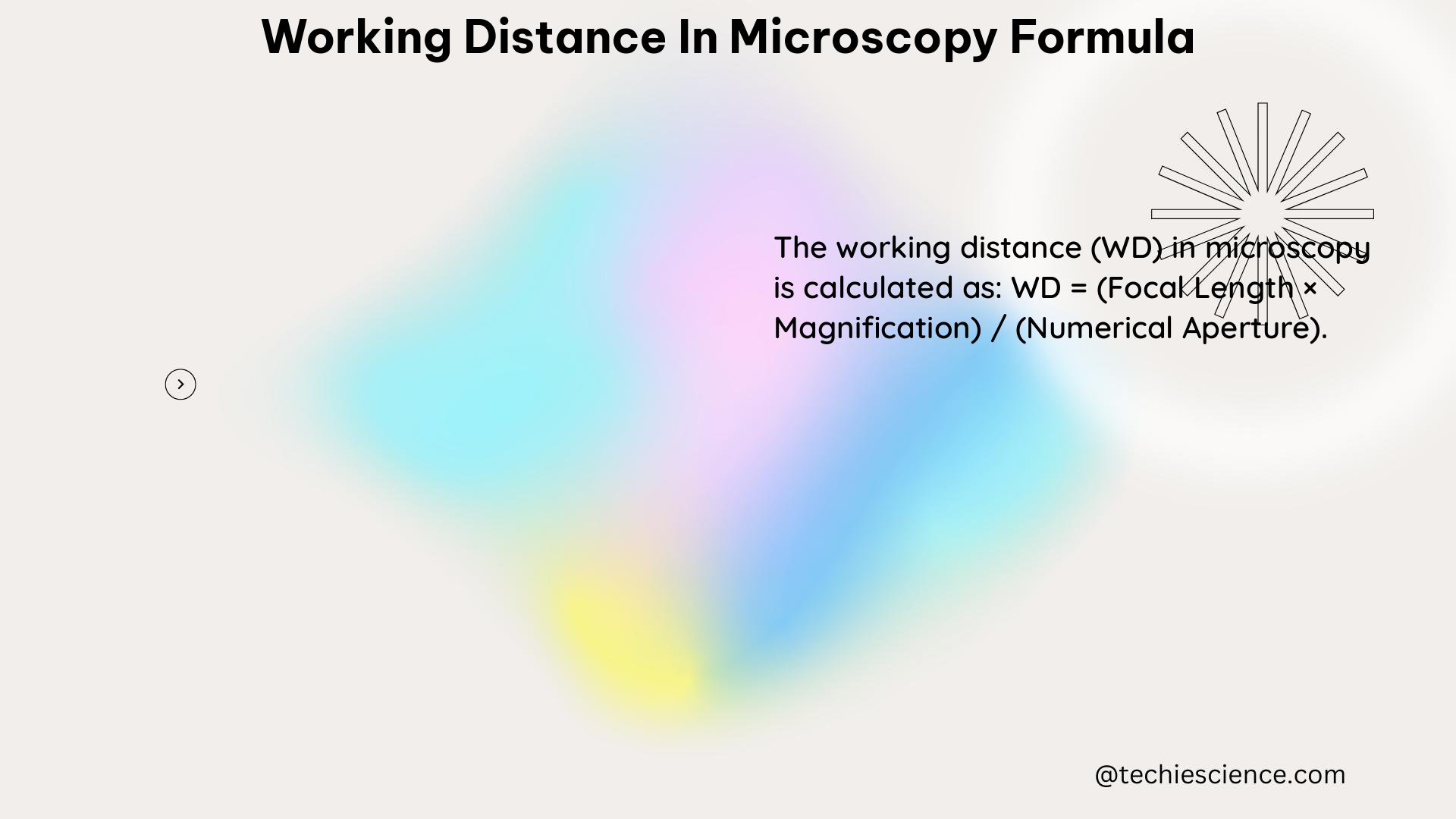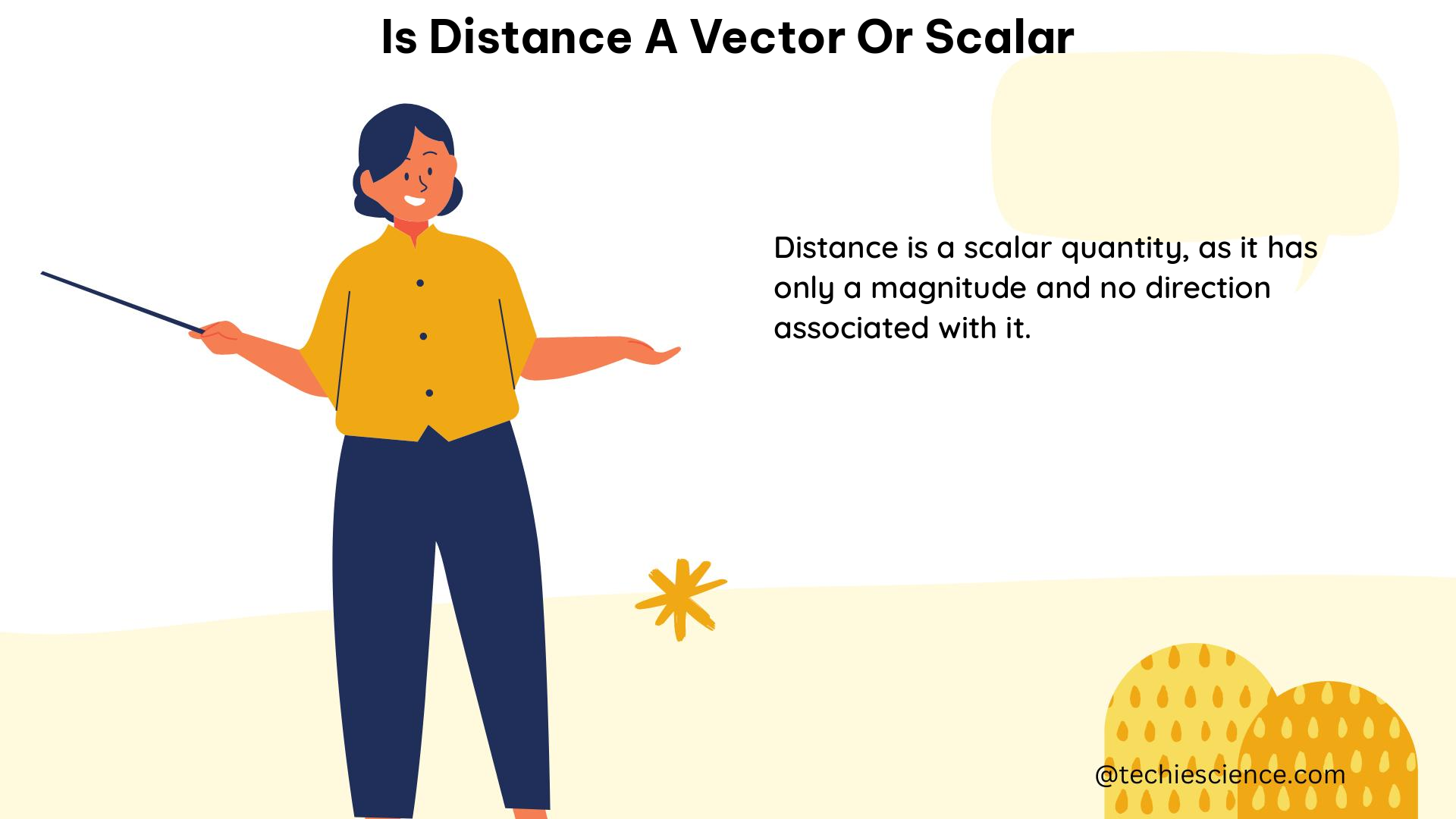In the realm of physics, the concepts of displacement and distance are closely intertwined, yet they possess distinct meanings. Displacement refers to the change in an object’s position relative to a fixed reference point, while distance describes the total length of the path traveled by an object, regardless of its direction.
Understanding Displacement and Distance
Displacement is a vector quantity, meaning it has both magnitude and direction. On the other hand, distance is a scalar quantity, which only has magnitude. This fundamental difference between the two concepts is the key to understanding why the magnitude of a particle’s displacement can never be greater than the total distance traveled.
Principles of Displacement and Distance
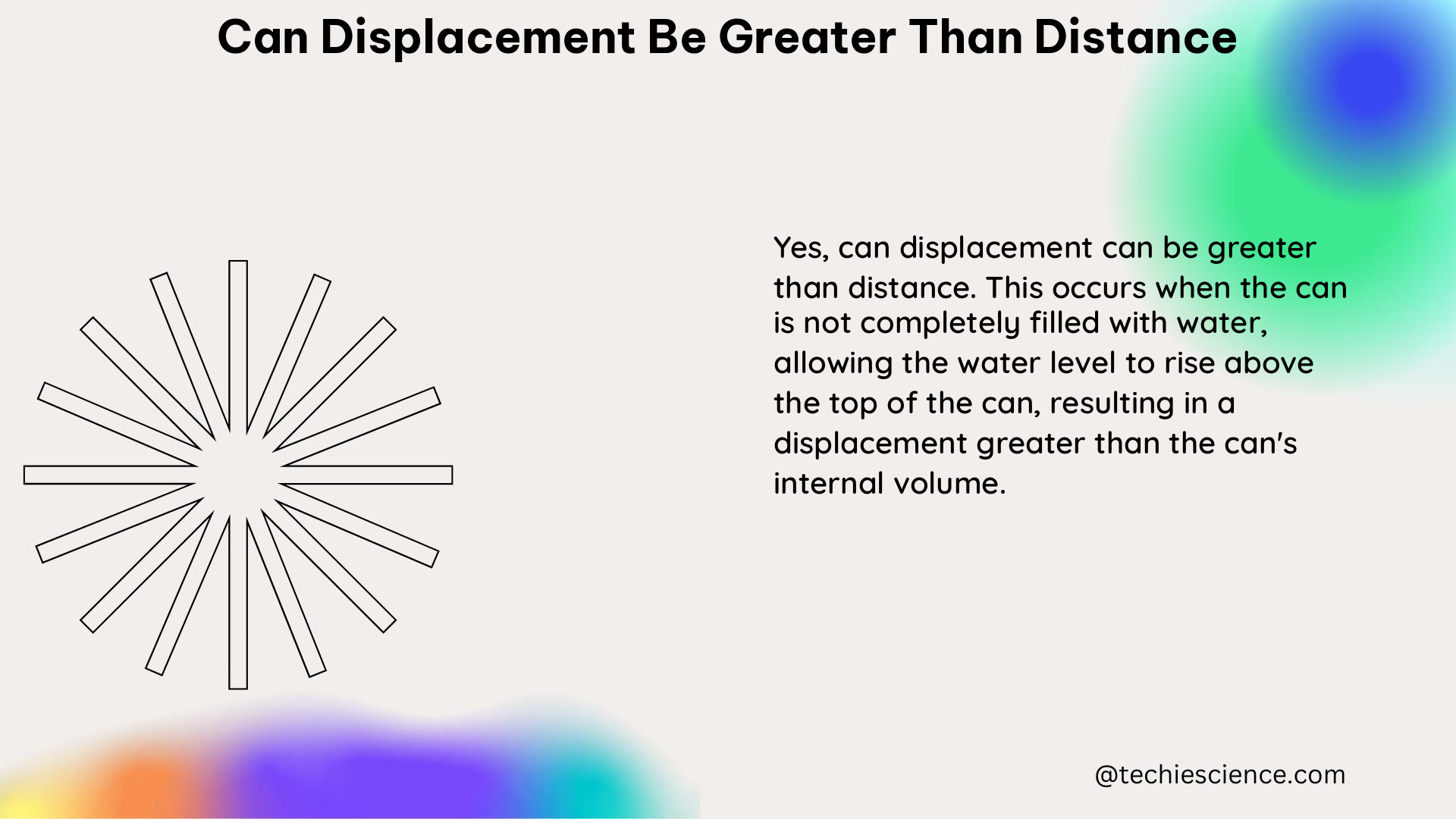
According to the principles of physics, the magnitude of a particle’s displacement can never exceed the total distance traveled. This is because the magnitude of a vector (displacement) cannot be greater than the magnitude of a scalar (distance).
When adding two displacements in the same direction, the magnitude of the resulting displacement will be equal to the sum of the magnitudes of the individual displacements. However, if the displacements are in opposite directions, the magnitude of the resulting displacement will be less than the sum of the magnitudes of the individual displacements.
Examples of Displacement and Distance
Let’s consider an example to illustrate the relationship between displacement and distance. Imagine a cyclist who rides 3 km west and then turns around and rides 2 km east. The displacement of the cyclist is 1 km west, while the total distance traveled is 5 km. The magnitude of the displacement is 1 km, which is less than the total distance traveled.
Displacement and Distance in Motion
To help students understand the difference between distance and displacement, teachers can use examples of motion to illustrate the concepts. For instance, they can walk in a straight line across a room and have students estimate the length of the path. Then, they can walk along a winding path to the same ending point and have students estimate the length of that path. This will help students see that the distance traveled is greater than the displacement when the path is not a straight line.
Displacement and Distance Formulas
The relationship between displacement and distance can be expressed mathematically using the following formulas:
- Displacement (Δx) = Final position – Initial position
- Distance (d) = Total length of the path traveled
These formulas highlight the fundamental differences between the two concepts, where displacement is a vector quantity that considers the change in position, while distance is a scalar quantity that measures the total length of the path.
Numerical Examples
To further solidify the understanding of displacement and distance, let’s consider a few numerical examples:
- A car travels 50 km north and then 30 km south. The displacement is 20 km north, while the total distance traveled is 80 km.
- A person walks 10 m east, then 5 m west, and finally 8 m east. The displacement is 3 m east, while the total distance traveled is 23 m.
- A satellite orbits a planet in a circular path with a radius of 1000 km. The displacement of the satellite is 0 km (it returns to its starting point), while the total distance traveled is approximately 6,283 km (2πr).
In all these examples, the magnitude of the displacement is less than the total distance traveled, demonstrating the fundamental principle that the magnitude of a particle’s displacement can never be greater than the total distance traveled.
Conclusion
In summary, while displacement and distance are related concepts in physics, the magnitude of a particle’s displacement can never be greater than the total distance traveled. This is because displacement is a vector quantity, while distance is a scalar quantity, and the principles of physics dictate that the magnitude of a vector cannot be greater than the magnitude of a scalar.
